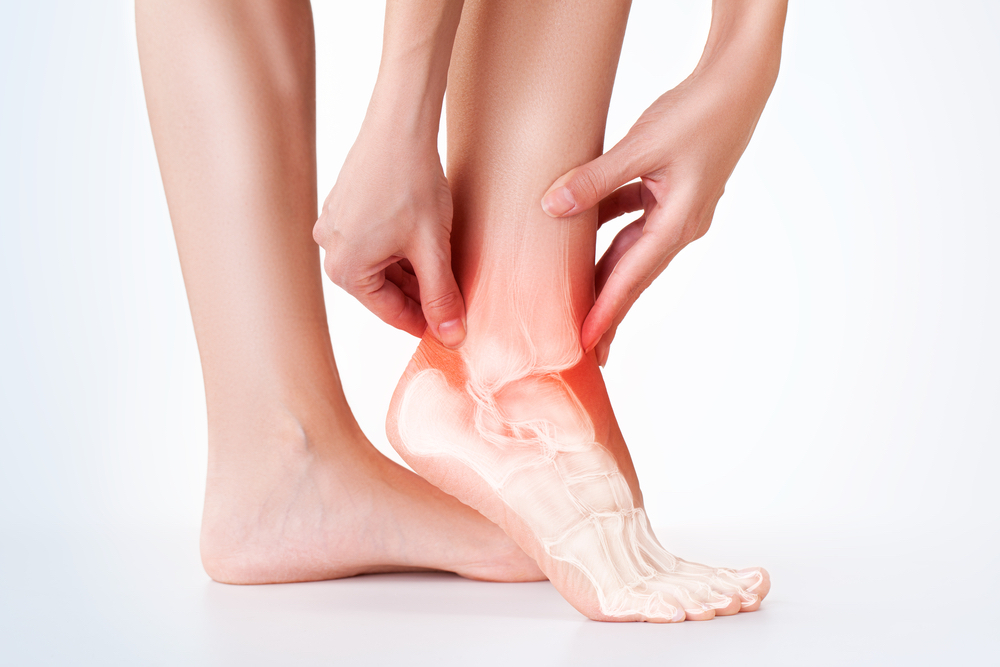 Posture can be hard to maintain, especially with age as a result of tighter, weaker muscles, stiffer joints, and bone fractures. Find out how to sit, stand, lift, and carry the right way to avoid back pain. Check out the article below for more on how to fix painful posture problems.
Posture can be hard to maintain, especially with age as a result of tighter, weaker muscles, stiffer joints, and bone fractures. Find out how to sit, stand, lift, and carry the right way to avoid back pain. Check out the article below for more on how to fix painful posture problems.
“Besides causing back and neck pain, poor posture can affect your balance, your ability to take a deep breath, and even your sleep,” says Lynne Hughes, P.T., Ph.D., an associate professor in the department of physical therapy at the University of Texas Medical Branch. “It can even contribute to falls.”
But good posture can help prevent or alleviate lower- and upper-body aches, and help with balance.
“If you’re standing with your head, shoulders, back, and hips in normal alignment, your center of gravity is right through the center of your body,” says Pamela Toto, Ph.D., an associate professor and director of the Doctor of Clinical Science in Occupational Therapy program at the University of Pittsburgh.
Common Trouble Spots
One problem that’s more common with age is “forward head,” when your neck and head poke forward instead of being centered over your body.
“Your head weighs about 12 pounds,” Hughes says. “For every inch your head is in front of that natural centered alignment, it adds an additional 10 pounds of weight that your neck and upper back have to control, which can lead to aches and pain.”
Age may also bring hyperkyphosis, an excessive rounding of the middle back. And too much sitting may contribute to the tightening of some leg muscles, while sitting unsupported for long periods can lead to back pain.
Stretch and Strengthen
But there’s a lot you can do. For instance, a study Hughes was involved in found that an 8-week program that included breathing techniques, mobility and stability exercises, and posture awareness helped improve posture, balance, and well-being.
Toto recommends daily stretching of the major muscle groups, including the chest, hamstrings, and hip flexors.
After a few minutes of walking, stretch for at least 5 to 10 minutes, holding each stretch for 10 to 30 seconds. Add twice-weekly strength training sessions. (The National Institute on Aging has strengthening and stretching exercises for older adults on its website.)
Do Daily Activities Wisely
Being mindful of your posture as you go about your day can help you stay pain- and injury-free. Consider the following:
Picking things up: For light objects, such as laundry from the dryer, bend at the hips with a straight back. Rounding your spine increases the risk of an injury, Hughes says. For medium-to-heavy items, keep your back as upright as possible and squat down instead of bending over. Use your legs to power you up.
Carrying groceries: Hold the bag close to your body with your sternum lifted. The farther you hold it away from your body, the harder it is on your back and shoulders.
Reaching overhead: When you’re pulling, say, a box of pasta off a high shelf, stand as tall as you can, then raise your arm. If you’re changing a lightbulb overhead, put your ladder slightly to the side of the fixture, not directly underneath it.
This way, you can reach out and then up, instead of straight up, which forces you to tilt your neck back. That can restrict the blood supply to the vessels in your neck, Hughes says, raising the risk of fainting.
Sitting at a desk: Too much time at a computer or doing other work with your arms in front of you contributes to a rounded posture.
“At a desk, your knees and hips should be bent 90 degrees, and use a lumbar support [like a small pillow] if you can,” Hughes suggests. “The monitor or screen should be an arm’s length away.”
If you tilt your head up or jut it out, you may be having trouble seeing the screen. Check your eyeglass prescription, consider reading glasses, or increase the font size of the text.
Sitting in a recliner: Spending a lot of time in a recliner can weaken your posture. “Instead of your three normal spinal curves, you end up with a big C-shaped curve,” Hughes points out. “That can contribute to tightness.” For TV-watching and reading, a couch or regular chair is generally more supportive.
If these tips don’t help, talk to your doctor about working with a physical or occupational therapist who can show you how to do daily tasks safely.
Original article published on consumerreports.org







